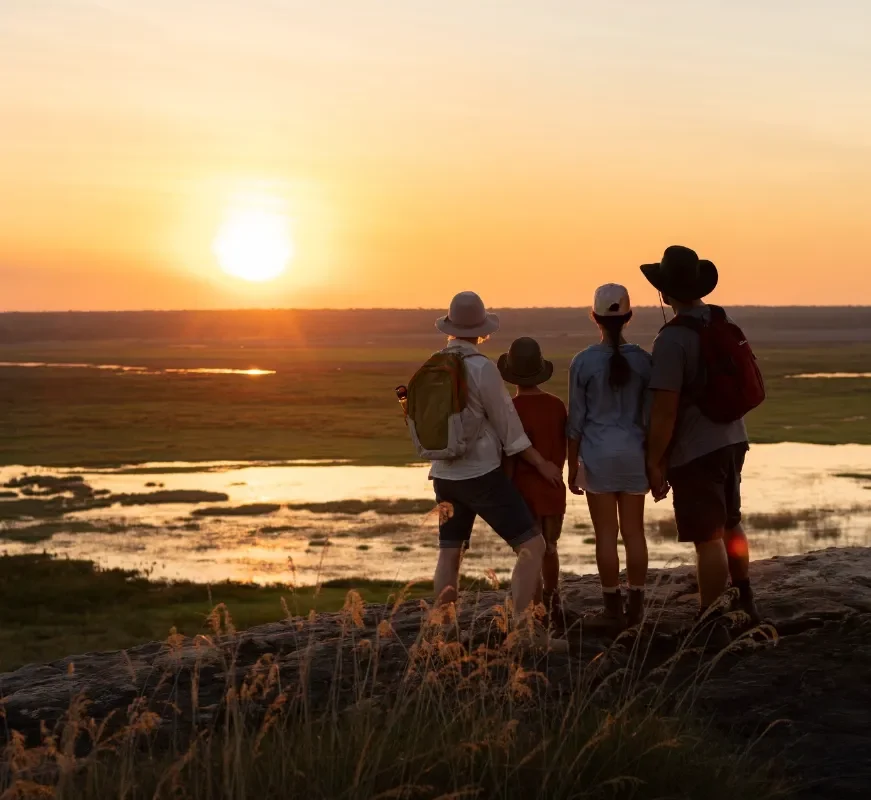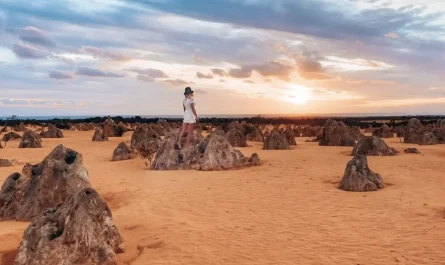It is worth noting that Kakadu National Park which is a large nature reserve located in the Northern Territory of Australia, provides an extraordinary botanical exploration taking visitors through various landscapes and biodiversity. This park has always been known for both its cultural and natural heritage as it possesses many native plants and offers new insights into Indigenous and ecological histories. Each system from dense monsoon forests to vibrant wetlands in Kakadu is a storage of botanical treasures, making the park beautiful but improving its fauna’s survival.
Kakadu Native Plant
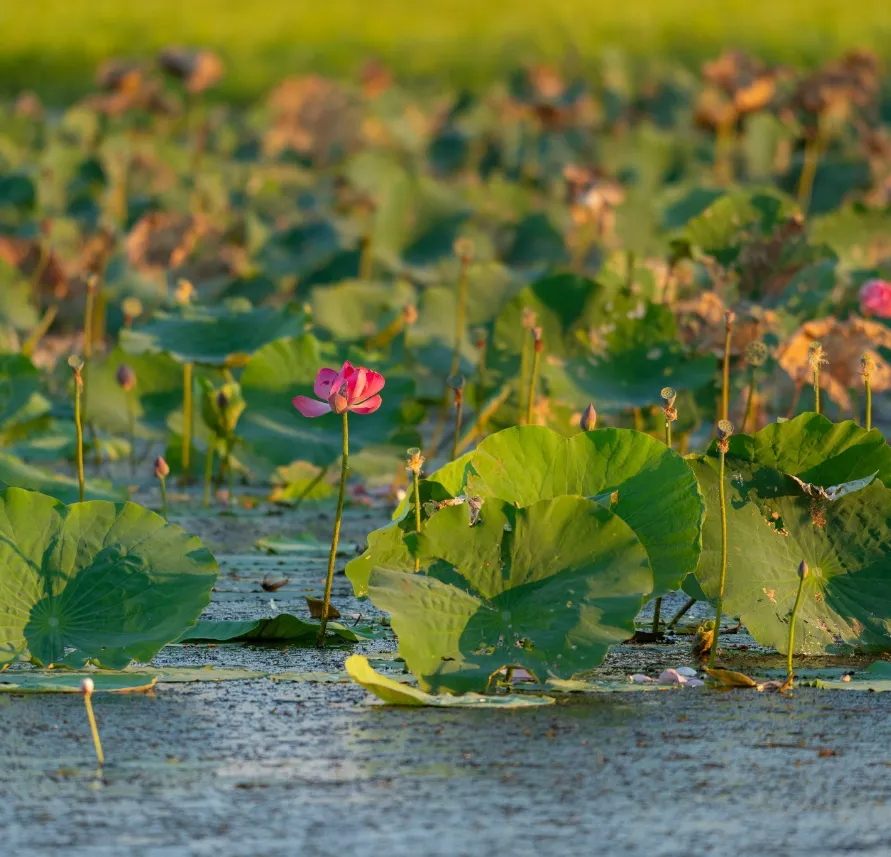
The Kakadu National Park is a treasure house of plants with over 1700 species adapting to varied conditions ranging from arid rock escarpments to lush wetland environments. These are not just any plants; they have been selected due to their robustness to support complex ecosystems without withering away. The main types such as the eucalyptus, pandanus, and spear grass represent only some examples of diverse set of flora within the park. Its variety enable it provide for different kinds of wildlife within it ranging from saltwater crocodiles towards chestnut-quilled rock pigeon thus making our ecosystem balanced one that existed for thousands years.
Plant Species Diversity
In addition, the diversity of plant species in this place like the landscapes they develop cannot fail to astound anybody. From towering termite mounds covered in wildflowers to thick canopies in monsoon forests, there are numerous vegetation characters present here. The existing diversity is essential in terms of providing food sources, habitats as well as breeding grounds required by multiple species within the park’s precincts. Here, plants do not merely exist on landscape; they actively participate in shaping an ecosystem thereby promoting its overall resilience and sustainability.
Availability of Botanical Guides at Kakadu
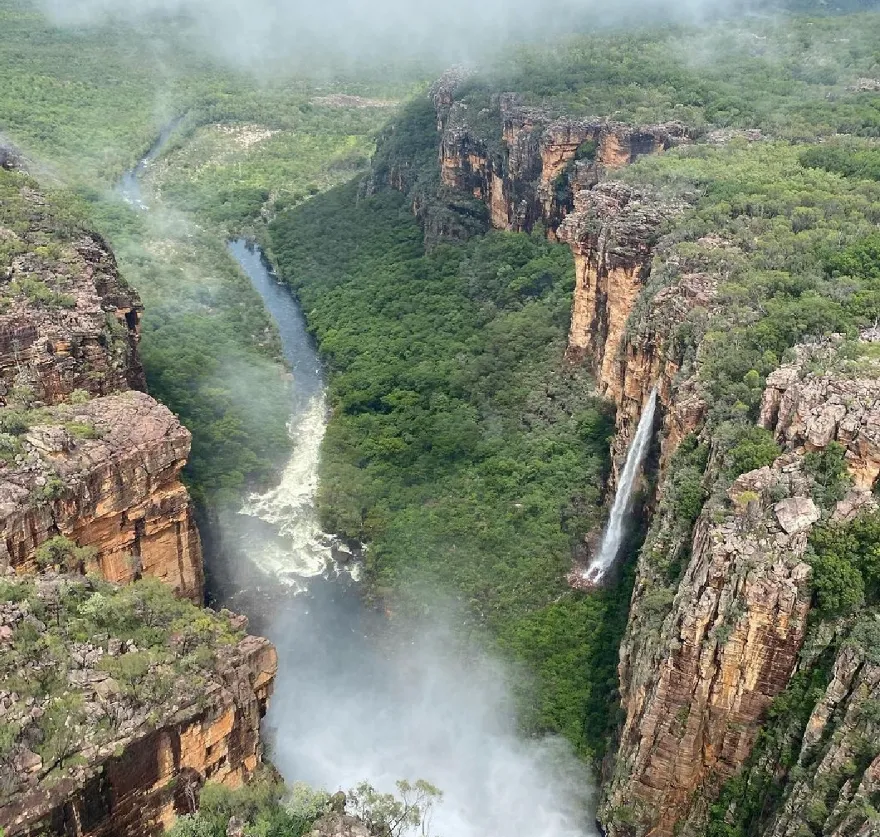
Additionally, there are other resources that can be sought out by those who would like more insight into what lies behind these botanical wonders in Kakadu. For instance, botanical guides found in the park come hand in handy for visitors who wish to understand trees and what they do naturally. Botanical guides that are sold at visitor centers are full of illustrations and descriptions giving information about the plant life in the area, which makes visiting this place more informative. The ranger-led tours also give an idea as to how these plants relate with others within Kakadu.
By promoting conservation awareness, guided tours within Kakadu that explore its botanical diversity not only enhance appreciation among visitors but also ensure sustainable tourism development. These guides and tours make the intricate web of life within Kakadu easy to comprehend for everyone including experienced botanists or simply nature enthusiasts. oin our unforgettable 4 Day Kakadu Tours from Darwin and explore the park’s remarkable plant life. Nature awaits your discovery!
Yellow Water Billabong – A Botanical Wonderland
Inside Kakadu National Park there is Yellow Water Billabong which is a paradise of flora. This particular region in the park is well known for its stunning water landscapes that are even more beautiful during the rainy season. Once billabong starts filling up, it becomes completely covered by lush surrounding flora giving birth to amazing natural masterpiece when green coloration is mirrored on its surface.
Plant types unique to Yellow Water Billabong
Uniqueness of yellow water increases because of different plant species present there. There are many aquatic plants here such as lotus lilies whose huge colorful flowers attract many tourists’ attention specifically. Moreover, floating ferns, which cover majority parts of the billabong’s body, are another example as their peculiar growth patterns and survival tactics have additional effects towards this particular aquatic ecosystem too.
Yellow Water Billabong Key Plant Species:
- Lotus Lily (Nelumbo nucifera): The lotus lily is one of the most attractive plants in the billabong.
- Floating Fern (Salvinia molesta): It forms thick, spongy mats on water surface thus providing shade and habitats.
These together with others make a diverse ecosystem where water and life go hand in hand. Visitors are privileged to witness this through “Flora guided tours” which concentrate specifically on the plant life found here.
Guided Tours Focusing on Flora at Yellow Water Billabong

Botanical guided walks around Yellow Water offer an extensive look at plant life in the area. These guides are well informed about such things as what role these plants perform ecologically and their cultural significance. For example, many Aboriginal people use different plant types from Yellow Water for medicine, food and creating artifacts; it shows how connected people are to their lands.
By participating in these tours, not only will visitors have a more fulfilling experience but also develop a deeper understanding of Kakadu’s botanical and cultural history. Through detailed explanations given by guides about ecosystems’ delicate equilibrium as reflected in each species that maintains this balance.
Plants of the Wetlands
The wetland vegetation in Kakadu is immensely diverse owing to its adaptability to changing water levels over time. Consequently, they play vital roles including habitat provision besides purifying waters within wetlands. This characteristic helps them sustain any kind of disasters either natural or man-made ones hence making them indispensable parts of the wetlands.
Wildlife of the Wetlands
Kakadu’s wetland flora is home to numerous species that need protection. Birds find good hiding places for nesting purposes within thick reeds while fish feed on abundant aquatic plants found there. Therefore, creatures like birds, crocodiles and other animals rely on each other for survival though this makes life precarious as well as strong.
Flood Plains and Wetlands
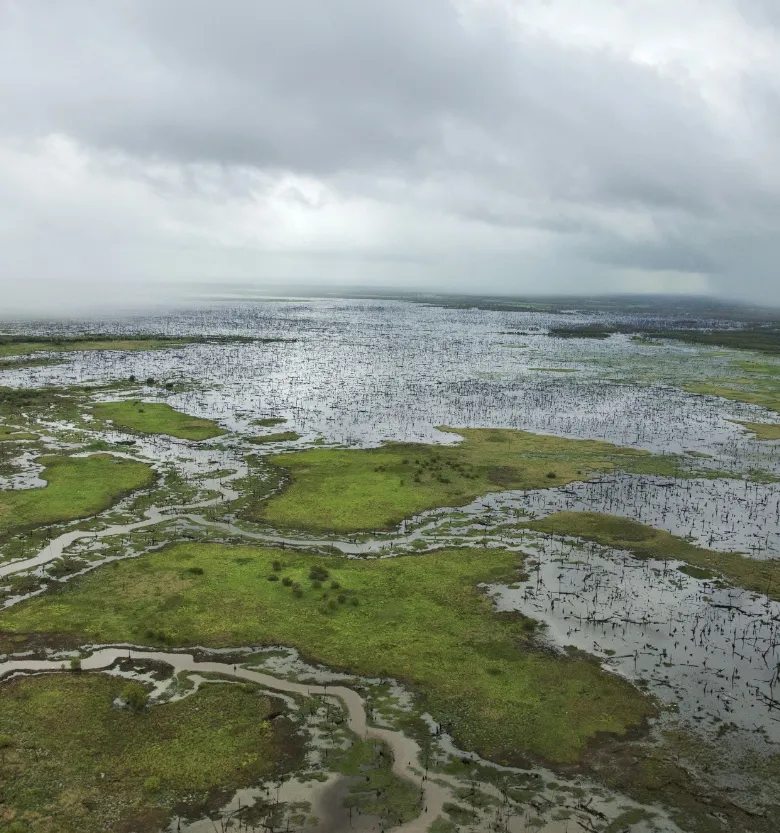
The floodplains are the most affected by the seasonal water flooding in Kakadu, which results into radical changes in the landscape. In this process, plants grow and then die thereby fertilizing soil for more diversity of life especially animals. These plains are therefore one of the most fertile and biologically diverse ecosystems found within this park.
Fishing and Boating
Plant-life improves fishing and boating experiences in Kakadu National Park. The thick green foliage along banks of rivers together with billabongs not only adds beauty to these areas but also provides a habitat for many aquatic species such as barramundi fish, which have made Kakadu one of their international fishing destinations. Water lilies, reed beds and other plants provide fish shelter as well as oxygen making such zones good sites for angling. The surrounding calm waters amidst beautiful vegetation make it an excellent place for boating since one can cruise through it feeling the peace that nature offers to all her children.
It is a common sight to see these wild animals such as birds, crocodiles, and other different types of mammals that approach the edge of the river when boating through this place. This knowledge makes these occurrences more exciting because it enables them to understand that all the surrounding plants have crucial roles to play in upholding ecological balance in the streams, for example by filtering pollutants and holding the banks of rivers. Fishing or boating trips around Kakadu do not just give people an opportunity for fun but take them through lively ecosystems where each living thing has a function in maintaining life.
Where to Stay

There are many accommodation options available for those who want to visit Kakadu National Park depending on their tastes and budgets. For instance there are 4-star hotels located at strategic positions within urban centers providing luxury as well as convenience while eco-lodges offer intimate encounters with nature among others. Alternatively, there are camping grounds throughout this park where people can experience first-hand how nocturnal wildlife in Kakadu sounds like.
Most accommodations in Kakadu have been designed in such a way that they cause minimal damage to the environment whereby some utilize renewable technologies like solar energy and water recycling. Many of these venues also run programs aimed at teaching guests about different aspects of eco-tourism; hence visitors’ knowledge on environmental conservation is improved during their stay here. Whether you prefer staying indoors inside a hotel room or outdoors under open skies while sleeping, Kakadu’s collection of lodgings will ensure everyone finds good footing from which they can begin explorations into history.
Kakadu National Park is not only a feast for your eyes; it is also the perfect place to learn about and interact with nature on an intimate level. Besides contributing to its breathtaking viewscape, unique flora found here forms intricate webs fostering several food chains needed by many species that live in close connection with these plants . By engaging guided tours, educational programs, and various plant guides that provide detailed information, one can better comprehend the necessity of conserving such habitats as Kakadu. It is more than just a park; it is a living encyclopedia of ecological and cultural knowledge yearning to be discovered.
FAQs
Why is Kakadu’s plant diversity so important?
The reason why it is important for Kakadu National Park to have diverse plants is because this helps in maintaining balance within its ecosystem. It provides the habitats and food resources for different kinds of animals, contributes to soil formation and erosion control, leading to overall environmental well-being.
Can I do any botanical research while in Kakadu?
Indeed there are opportunities for visitors to participate in several citizen science projects and botanical researches done in Kakadu. These are aimed at collecting data on species which helps to monitor and conserve biodiversity of the park.
Are there fishing restrictions in Kakadu National Park?
Certainly, there are areas where fishing is restricted within the park aimed at protecting aquatic ecosystems as well as ensuring sustainable practices. This means that fishing must only be carried out in certain allocated zones with licenses obtained prior to catch; meanwhile strict monitoring of catch quotas has been enforced there.
Which is the finest method to explore Kakadu’s flora?
The most excellent approach to getting through Kakadu’s flora is through guided walks which give you an expert look at plant diversity and their ecological roles. These walks can be customized for specific interests in medicinal plants, bush foods or general ecological knowledge.
How can tourists help conserve the natural environment of Kakadu?
Consequently, tourists are advised to always observe park rules, engage in educational tours, reduce their environmental footprint and promote preservation measures. By acknowledging and respecting the natural habitat as well local cultures around them, visitors will ensure that even after several generations it remains a virgin vibrant home for wildlife.
